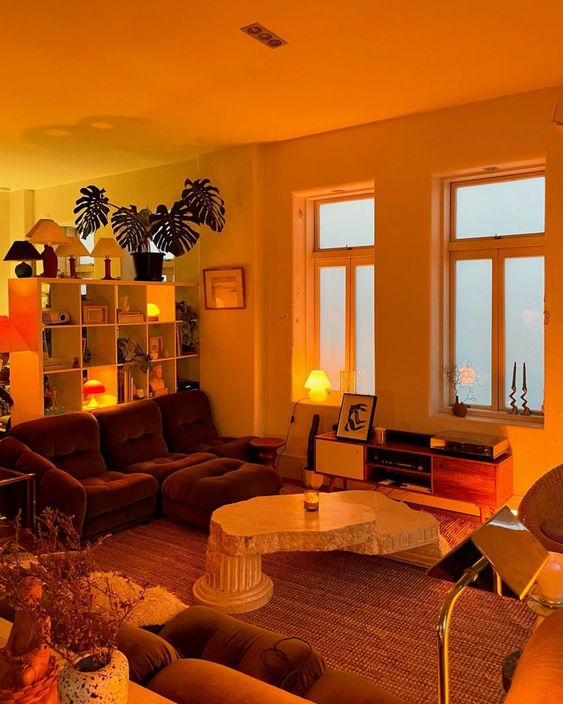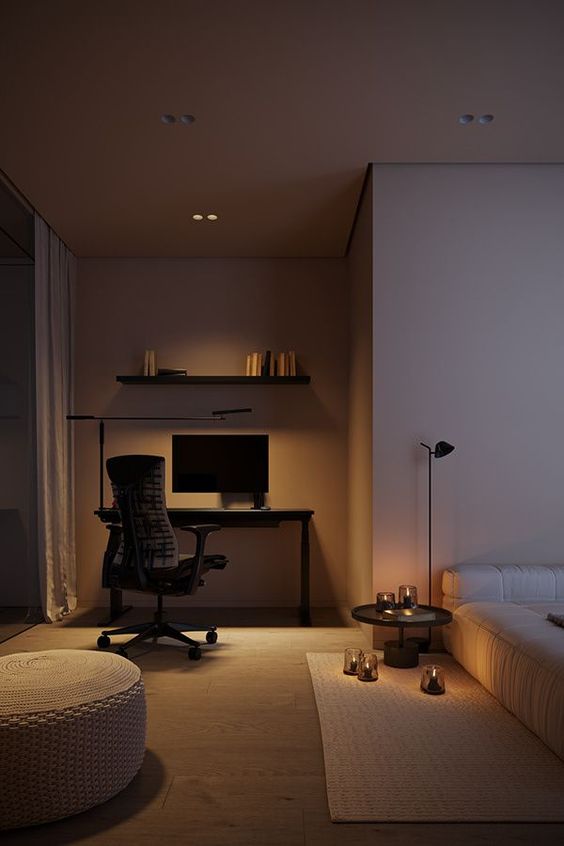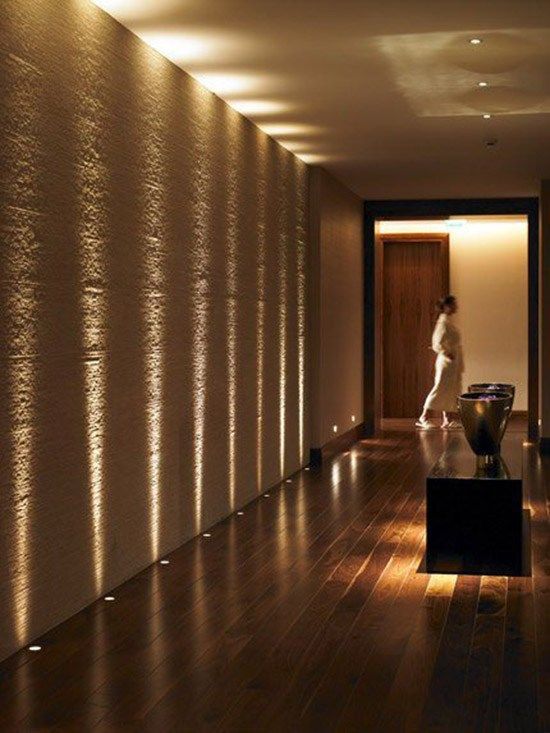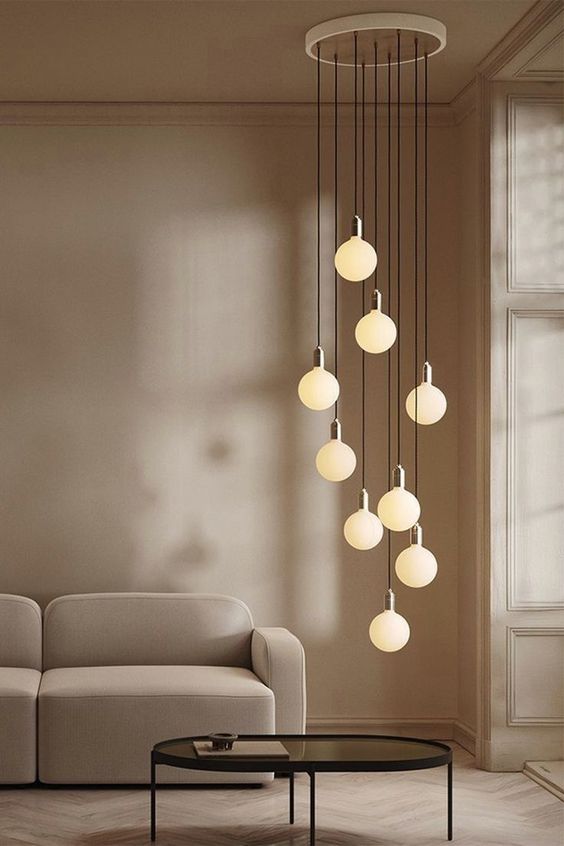Lighting holds more significance in our homes than mere practicality; it's a fundamental aspect that can revolutionize the atmosphere, functionality, and visual appeal of our living spaces. From fostering a cozy ambiance in the living room to optimizing productivity in the home office, the right lighting can profoundly influence our perception of interior environments. This article delves into the importance of lighting and delves into various methods and types of lighting to effectively illuminate your home interiors.
Importance of Lighting:
Proper lighting serves several purposes beyond mere visibility. It sets the mood, highlights architectural features, defines spaces, and even influences our emotions and well-being. Inadequate or improper lighting can make a room feel dull, cramped, or unwelcoming, while well-planned lighting can make it inviting, spacious, and versatile.
Types of Lighting:
1. Ambient Lighting:
Ambient lighting, also known as general lighting, provides overall illumination to a room, ensuring it is evenly lit without harsh shadows. This type of lighting creates a comfortable and inviting atmosphere, making it ideal for areas where people gather, such as living rooms and dining rooms. Common sources of ambient lighting include ceiling-mounted fixtures, recessed lights, and chandeliers.

2. Task Lighting:
Task lighting offers focused illumination tailored to specific activities such as reading, cooking, or working. It delivers concentrated light in areas where tasks demand heightened visibility, alleviating eye strain and enhancing productivity. Task lighting fixtures encompass desk lamps, under-cabinet lights in kitchens, and pendant lights above workstations.

3. Accent Lighting:
Accent lighting adds drama and visual interest to a room by highlighting architectural details, artwork, or focal points. It creates depth and dimension, drawing attention to specific elements and creating a layered lighting effect. Track lighting, wall sconces, and picture lights are commonly used for accent lighting, allowing you to create highlights and shadows to enhance the room's aesthetics.

4. Decorative Lighting:
Decorative lighting serves both functional and aesthetic purposes, adding style and personality to a space. These fixtures act as decorative elements themselves while also providing illumination. Pendant lights, chandeliers, and decorative table lamps are examples of fixtures that can enhance the visual appeal of a room and serve as focal points or conversation starters.

Techniques for Effective Lighting:
- Layering: Layering different types of lighting creates depth and flexibility, allowing you to adjust the ambiance according to your needs and preferences. By combining ambient, task, accent, and decorative lighting, you can achieve a balanced and visually appealing lighting scheme.
- Dimmers: Incorporating dimmer switches grants control over light intensity, enabling you to modulate the ambiance to suit various activities and timeframes. Dimming lights can foster a cozy atmosphere conducive to relaxation or amplify brightness for tasks necessitating heightened illumination.
- Lighting Zones: Divide your space into different lighting zones to accommodate various activities and moods. For example, you might have brighter lighting in the kitchen for cooking tasks, softer lighting in the dining area for meals, and adjustable lighting in the living room for entertainment and relaxation.


